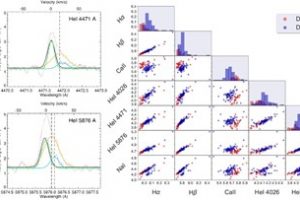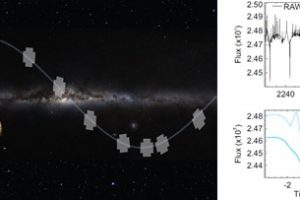The morphology of supernova remnants determined by anisotropies in the supernova explosion

Supernova explosions, occurring and the end of the life of massive stars, are ruled by a complex physics, and they can not be described by a simple spherically symmetric geometry. The rarity of these events make even more difficult to understand the physical processes involved during the explosions. For instance, on average only one supernova explodes in our Galaxy every
» Read more








